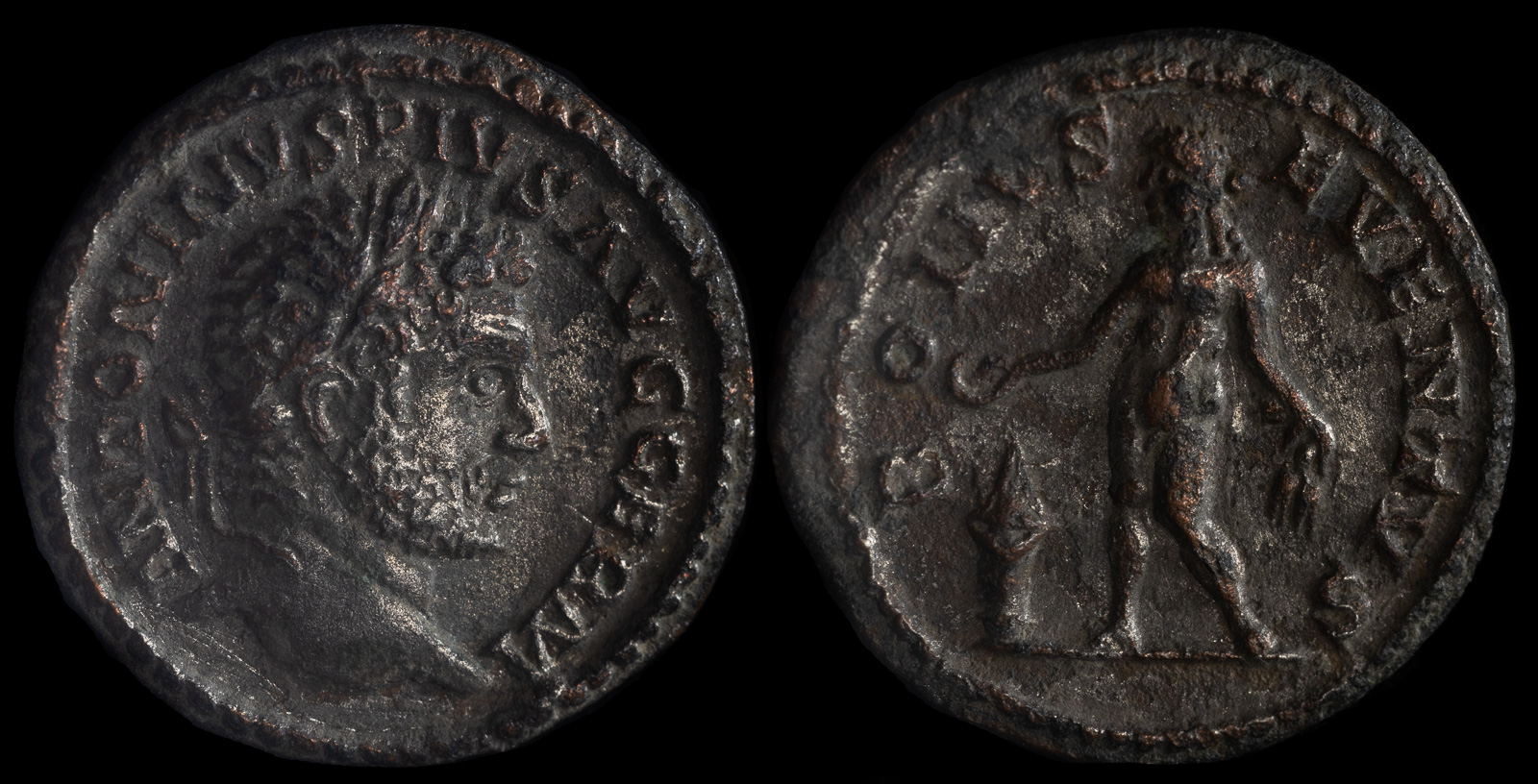Fouree
View All Tags
In many cases, fouree coins were minted during times of economic crisis or during military campaigns, when the need for currency was high, but the supply of valuable metals was limited. Rulers, particularly during the Roman Empire, were often forced to produce coins quickly to pay soldiers, fund state projects, or address inflation. By coating a base metal core with a thin layer of silver or gold, these coins could maintain the appearance of valuable currency without the expense of creating fully silver or gold coins. These were not inherently fraudulent in intent; they were simply a reflection of the empire’s need for an economical and expedient solution to coin production.
However, the use of fouree coinage did sometimes lead to confusion or misrepresentation in the marketplace. Because the coins were coated in precious metal, they could lose their value over time as the coating wore off, revealing the base metal underneath. This wear-and-tear process was more likely to be a natural consequence of circulation rather than an intentional act of fraud, though it did contribute to the devaluation of the coins and the potential for misunderstandings about their true worth. In some instances, counterfeiters may have mimicked the technique of fouree coinage to create coins that were intentionally deceptive, but this was not the norm for the majority of fouree coins.
Additionally, in the context of ancient coinage, the very concept of “fakeness” was not always understood in the same way it is today. Coins were often made for pragmatic reasons, and their value was shaped by their use in trade and commerce, rather than being exclusively determined by the purity of the metals involved. In ancient times, people were generally aware that coins might be debased or coated, and their acceptance depended more on the value assigned by the state and the trust in the issuing authority rather than on the intrinsic value of the metal. Therefore, while fouree coins might not meet modern standards of authenticity, they were often still considered legitimate forms of currency at the time of their circulation.

Caracalla
Rome 199-201 CE
Æ Fourreé Denarius 19mm, 2,42g
Laureate, draped, and cuirassed bust right /
Bonus Eventus standing left, sacrificing out of patera over lighted altar at feet to left and holding corn ears.
RIC IV 33; RSC 19